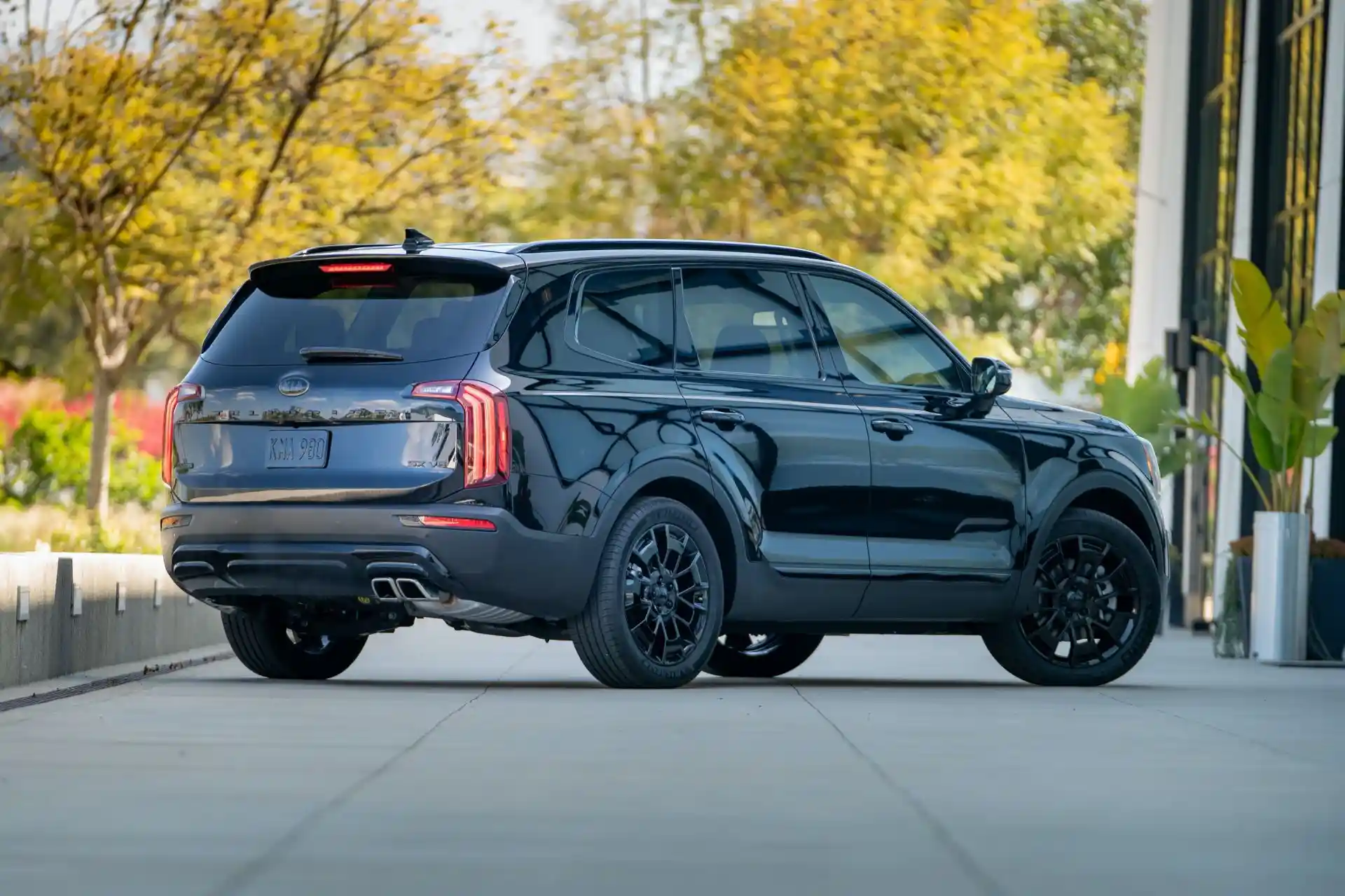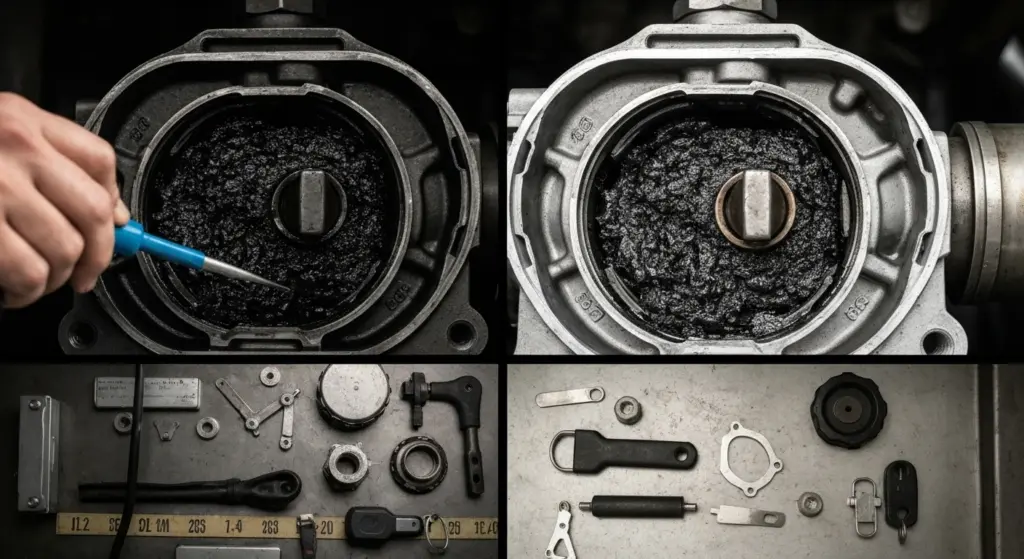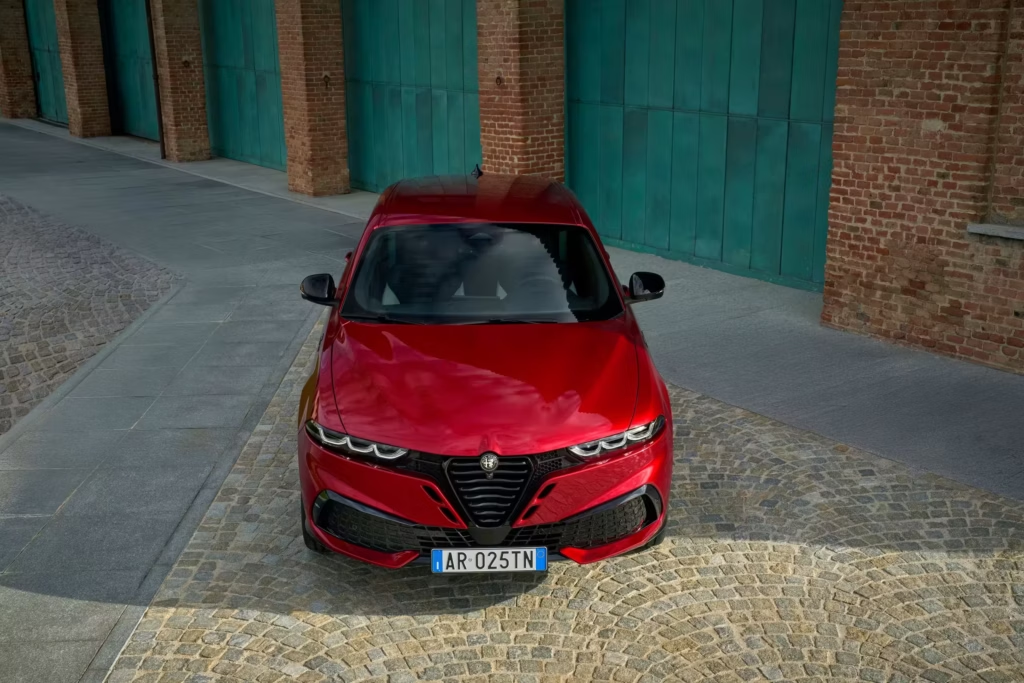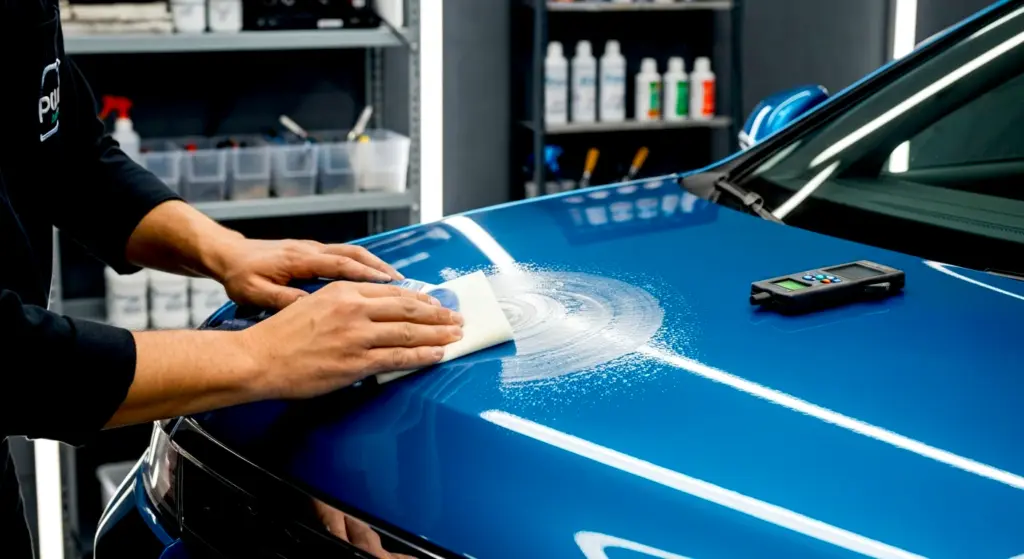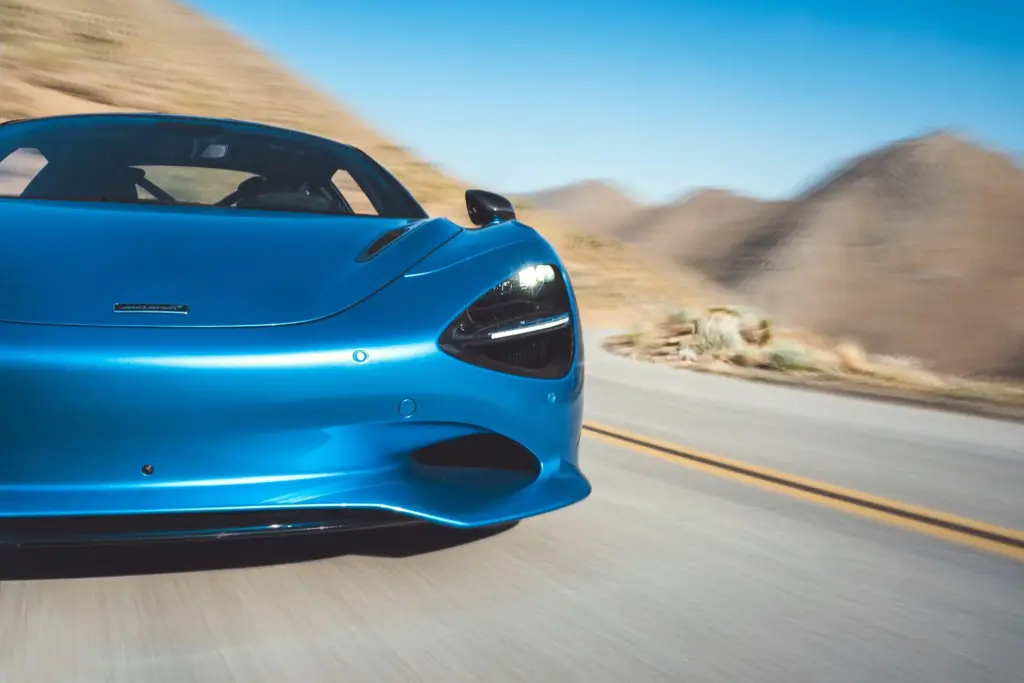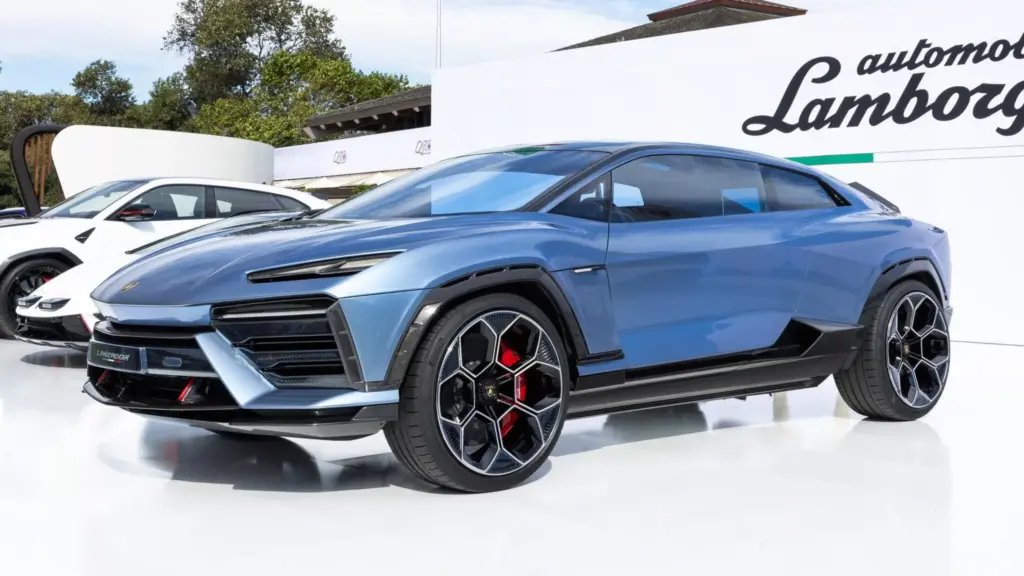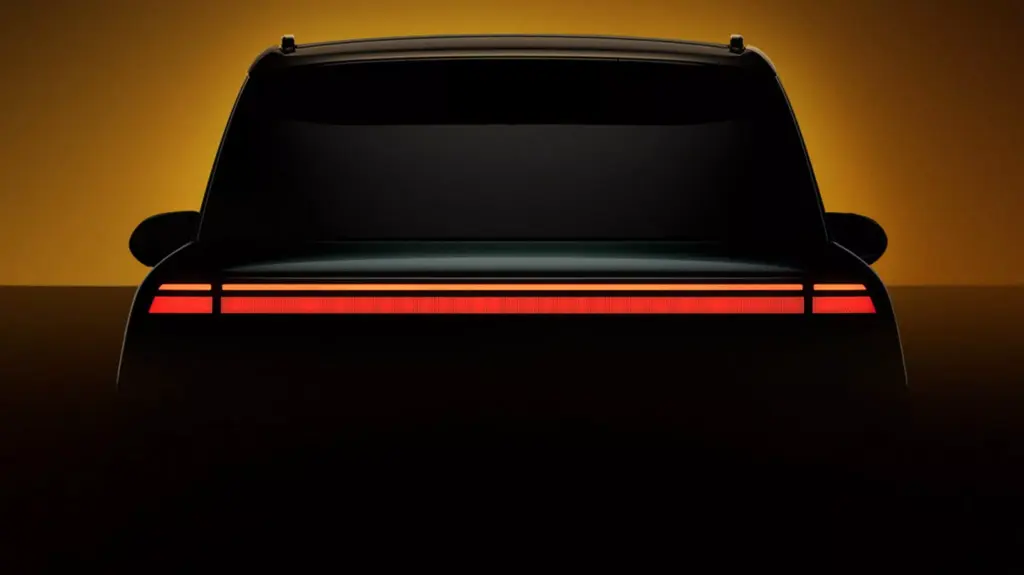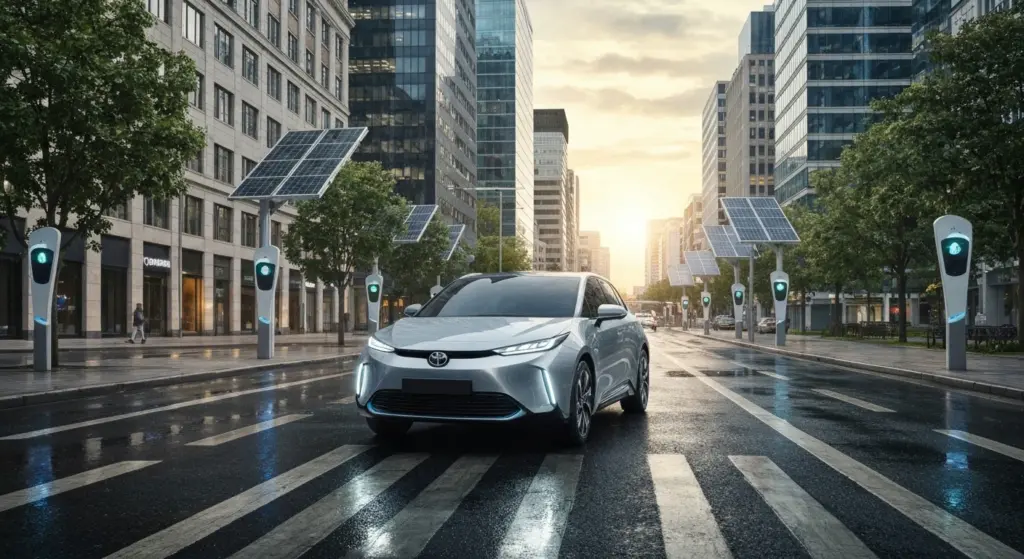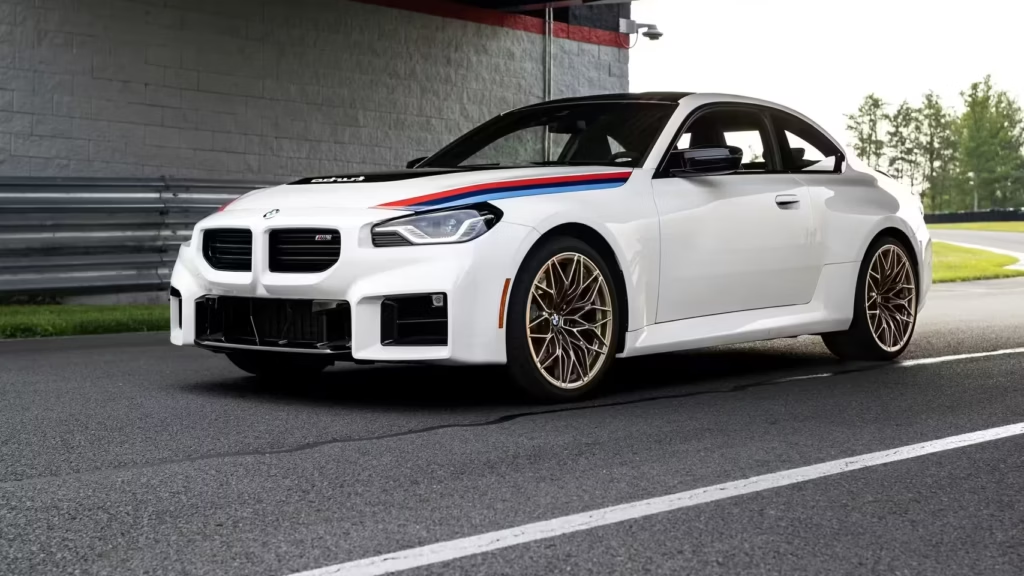While crossovers dominate the streets with their comfort and efficiency, there’s a group of enthusiasts who dream of more robust versions of these vehicles. Body-on-frame construction — common in pickups and off-road SUVs — offers structural strength, superior towing capacity, and durability in extreme terrains. But what if popular crossovers adopted this architecture? We reveal the models that, with a separate chassis, would transform into unbeatable machines.
1. Subaru Outback: The Incomplete Adventurer
The Outback is a crossover that poses as an SUV, with all-wheel drive and 8.7 inches of ground clearance. However, its unibody structure limits its ability to tackle more challenging trails. With a body-on-frame chassis, it would gain rigidity for lifted suspensions, greater cargo capacity (currently 33.5 cubic feet), and more efficient torque for towing heavy trailers — something models like the Toyota 4Runner do with mastery.
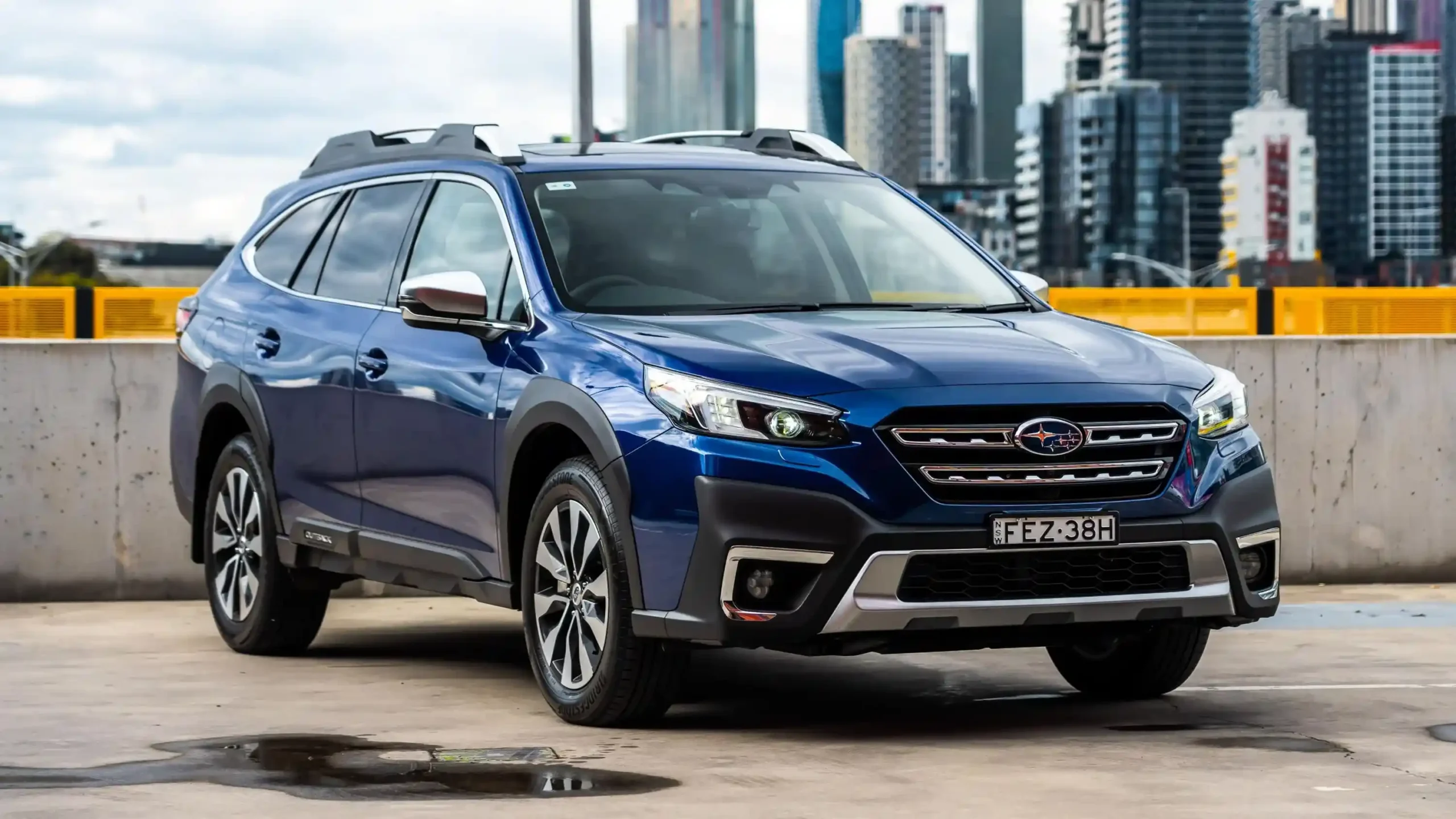
2. Honda CR-V: The Family Car That Could Be a Hero
The CR-V is a global success for its interior space and reliability, but it lacks an adventurous DNA. A body-on-frame version would allow it to compete with SUVs like the Jeep Wrangler, offering reinforced suspension, greater ground clearance, and a more powerful engine (today, 190 hp). Imagine a CR-V with the robustness of the Ford Bronco: it would be the ultimate crossover for families who are unwilling to give up exploring remote roads.
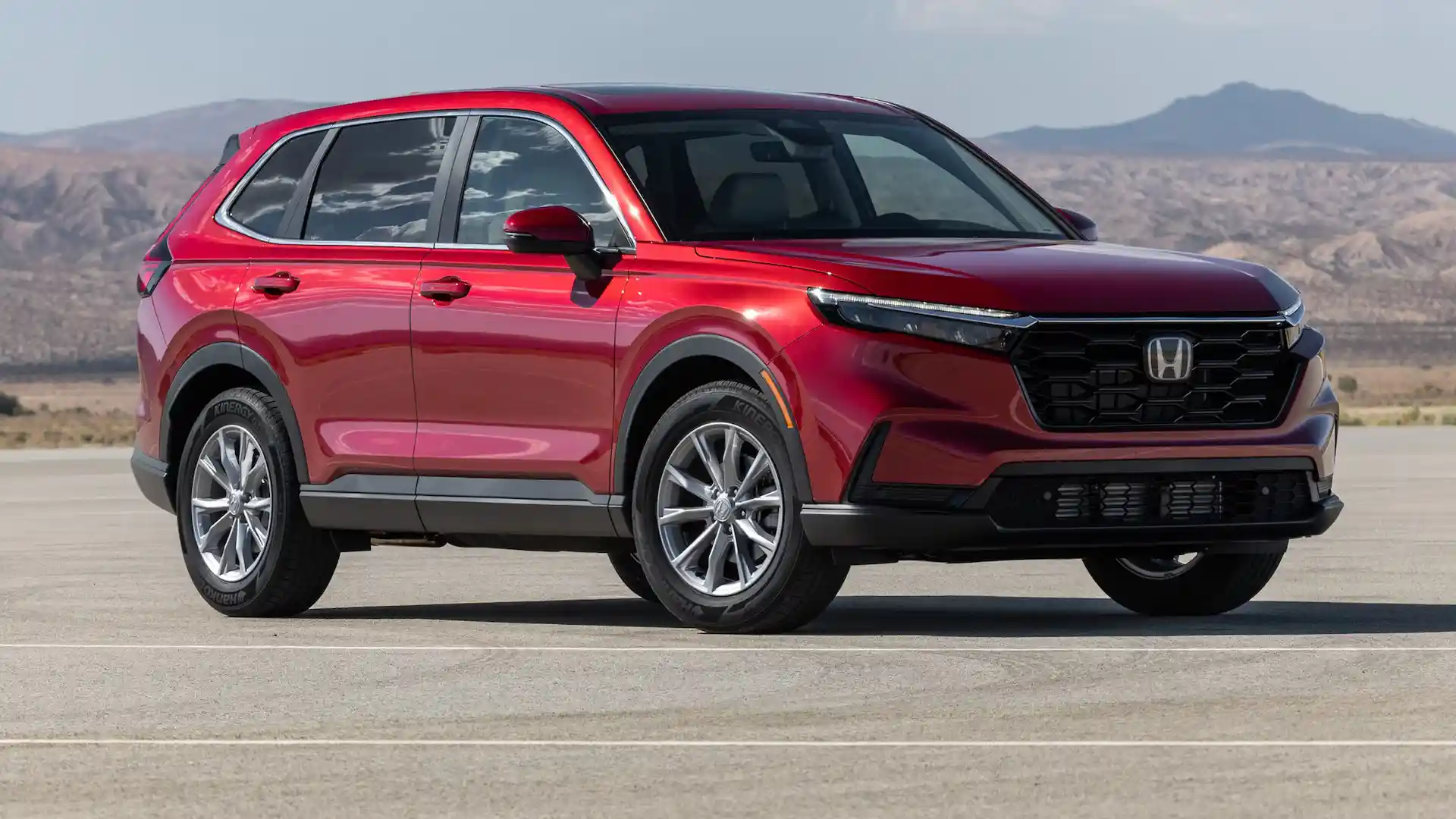
3. Mazda CX-5: The Sporty One That Deserves More Strength
The CX-5 is praised for its elegant design and dynamic handling, but its proposition is urban. A separate chassis would allow Mazda to launch an off-road variant, equipped with more powerful turbo engines (like the 2.5L with 250 hp) and dedicated traction systems, similar to those of the Toyota Land Cruiser. In addition, towing capacity — currently limited to 2,000 lbs — would jump to values close to 6,000 lbs, rivaling the Chevrolet Tahoe.
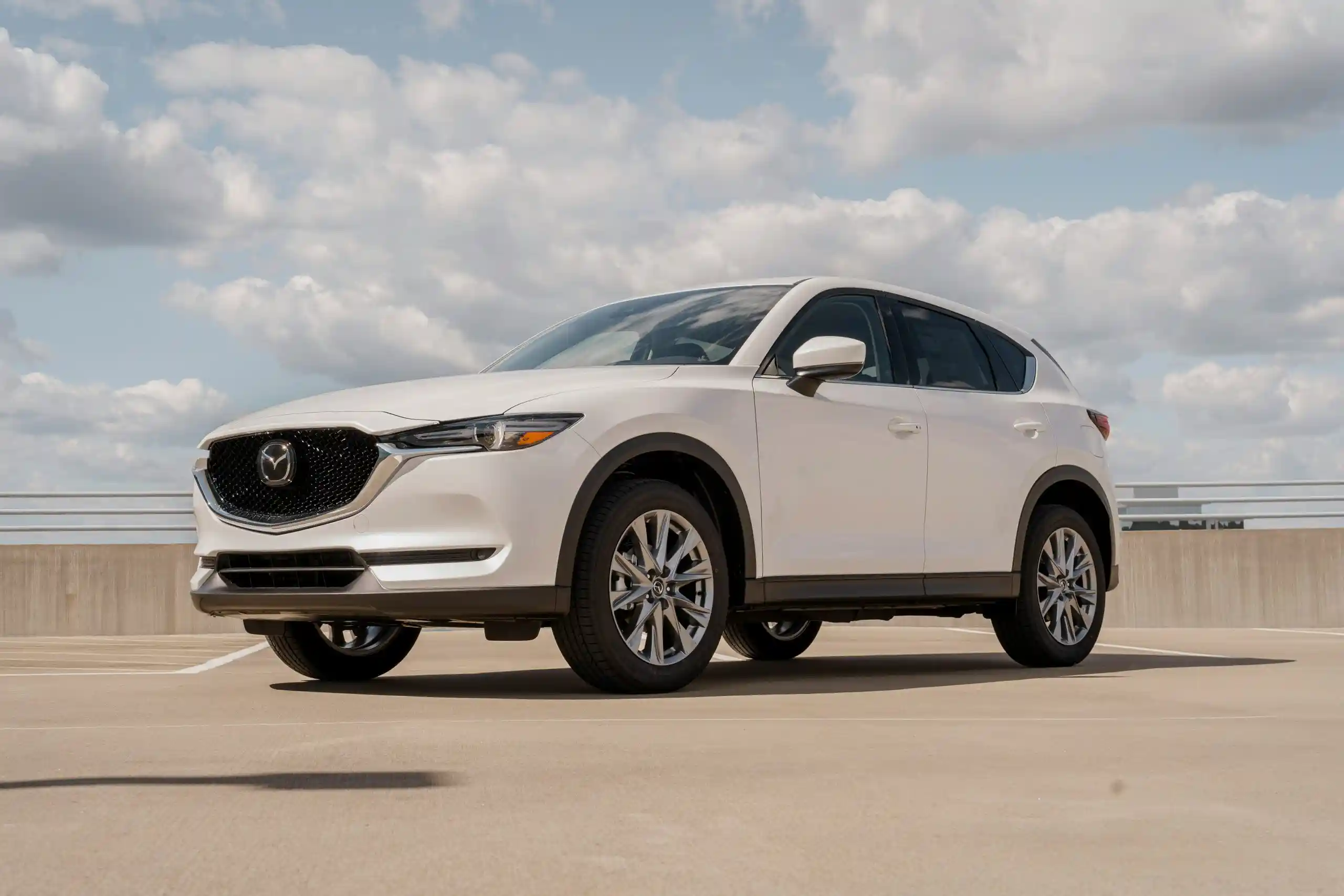
4. Ford Escape: The Hybrid That Could Be a Force of Nature
The Escape already offers hybrid and plug-in versions, but its unibody structure keeps it stuck to the asphalt. With a body-on-frame chassis, Ford could rescue the spirit of the classic Bronco in a more compact format. An EcoBoost V6 engine, combined with adaptive suspension (like that of the Ford Expedition), would transform this crossover into a viable option for trails and heavy towing — something that even the Chevrolet Suburban admires.
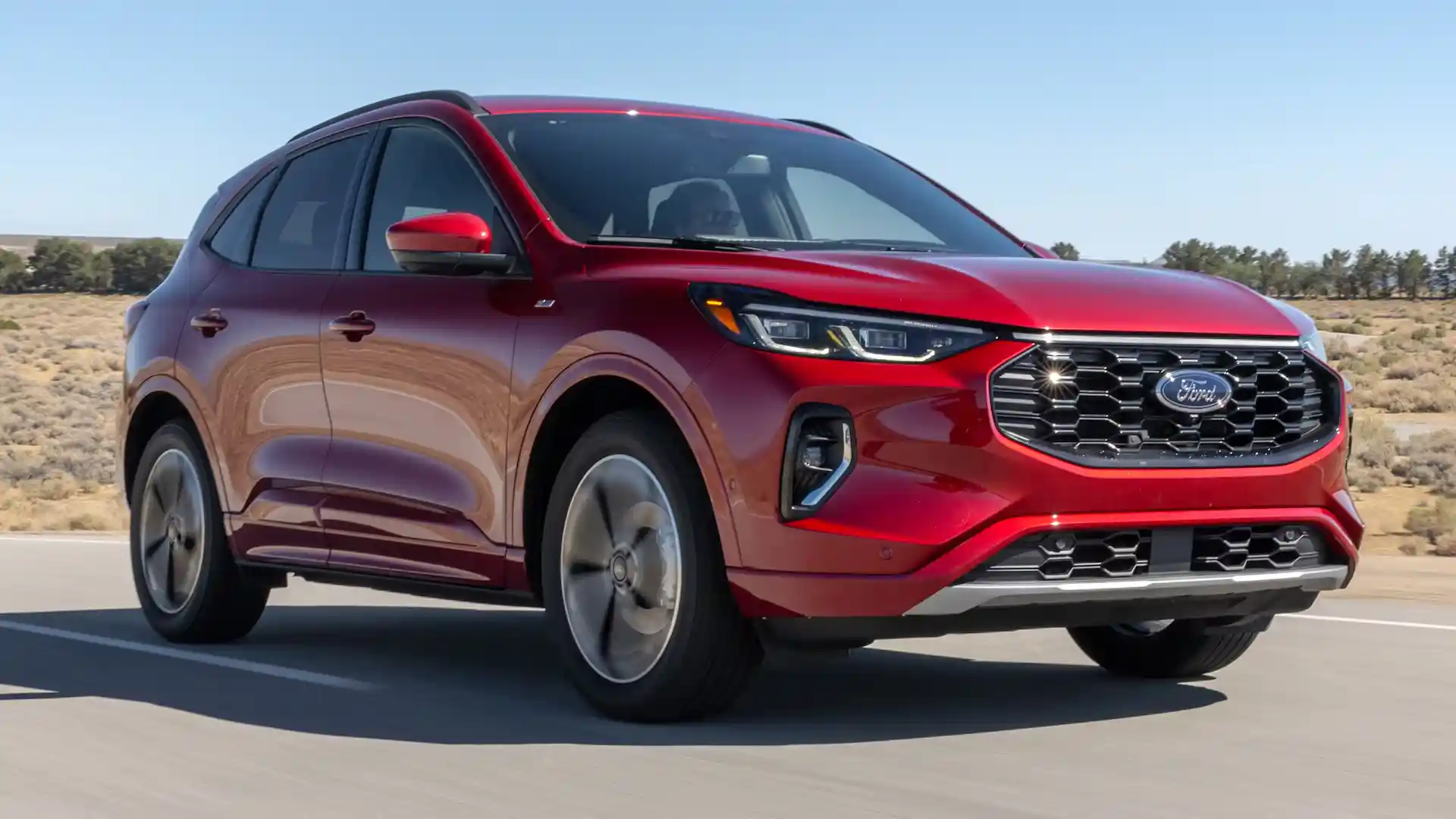
5. Hyundai Tucson: The Bold Design That Needs Substance
The Tucson draws attention with its futuristic lines and cutting-edge technology, but it is underutilized in off-road environments. A version with a separate chassis would allow Hyundai to compete with the Jeep Grand Cherokee, offering options such as a diesel engine (like the 3.0L from Chevrolet) and traction systems with low range, something that unibody crossovers rarely support.
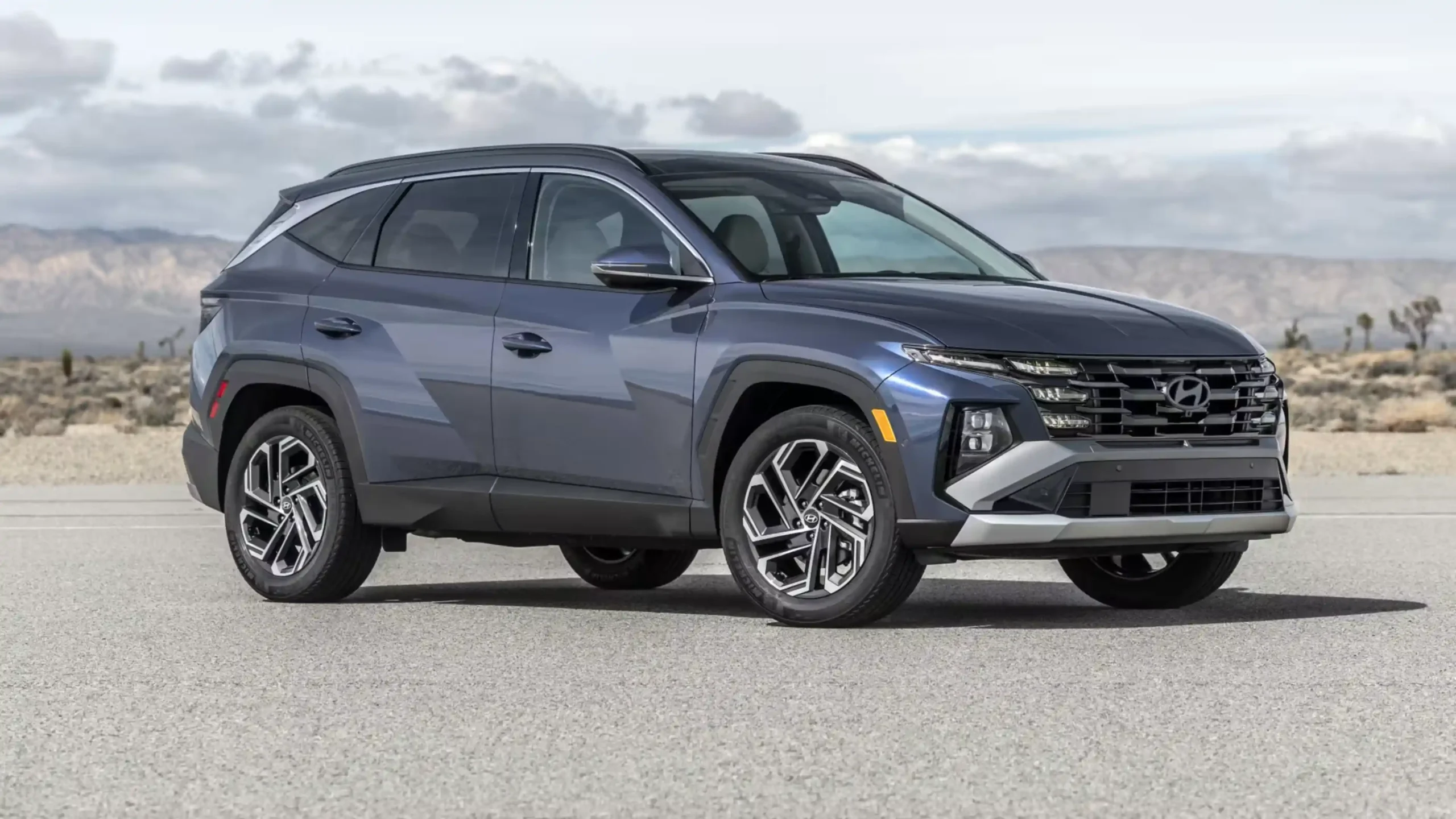
6. Kia Telluride: The Giant That Almost Gets There
The Telluride is one of the most spacious crossovers on the market, with three rows of seats and premium finish. However, its unibody structure limits its towing capacity (5,000 lbs) and durability on rough terrain. With a body-on-frame chassis, it could surpass rivals like the GMC Yukon, reaching up to 9,000 lbs of capacity — ideal for trailers and recreational vehicles.
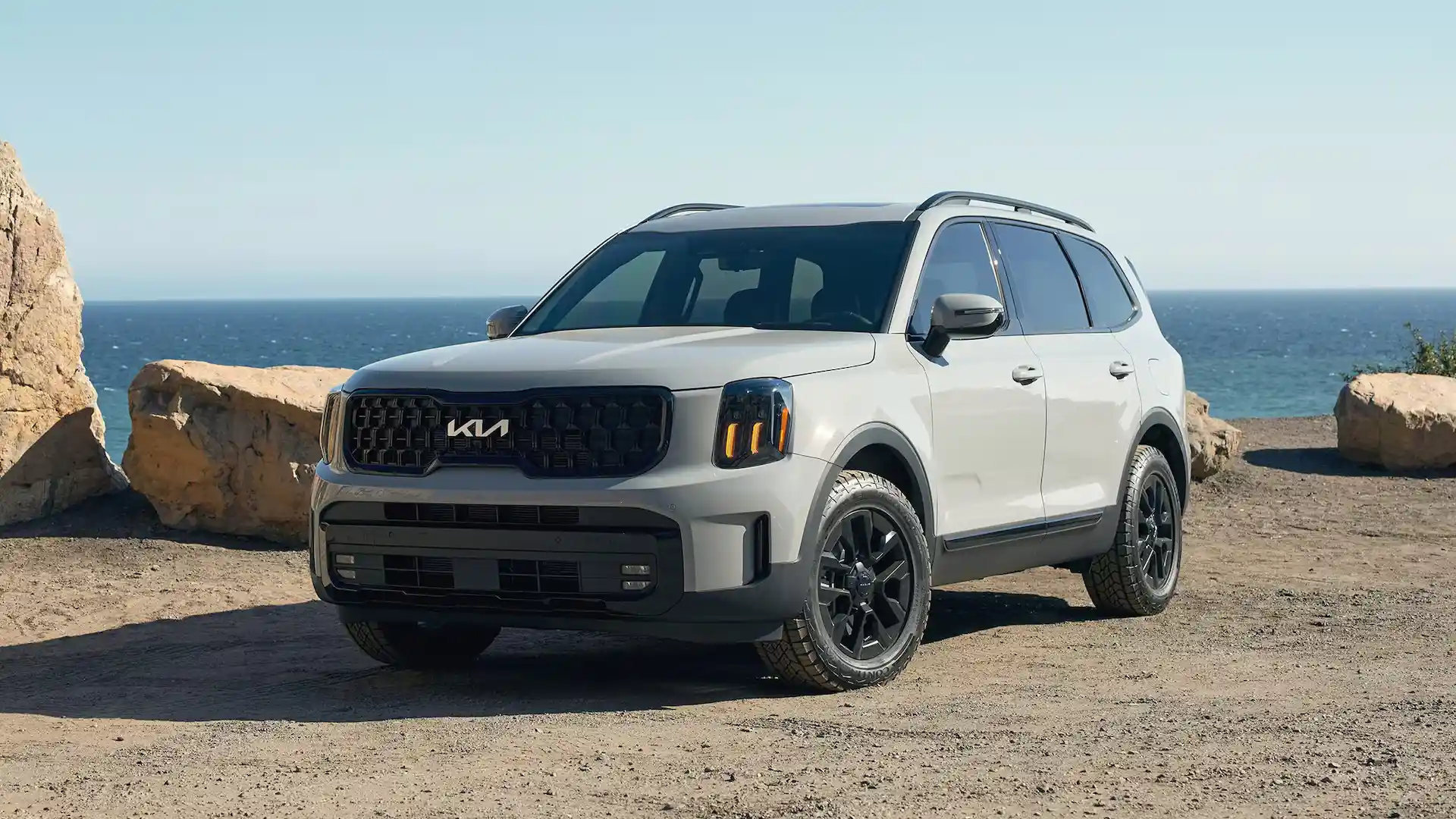
7. Toyota RAV4: The Icon That’s Missing a Step
The RAV4 Hybrid is a sales leader, but its Adventure version is still limited by its unibody construction. A separate chassis would allow Toyota to integrate technologies like Multi-Terrain Select (present in the Land Cruiser) and increase its ground clearance to challenge rivals like the Ford Bronco Sport. In addition, its hybrid efficiency combined with off-road resistance would be a unique differentiator.
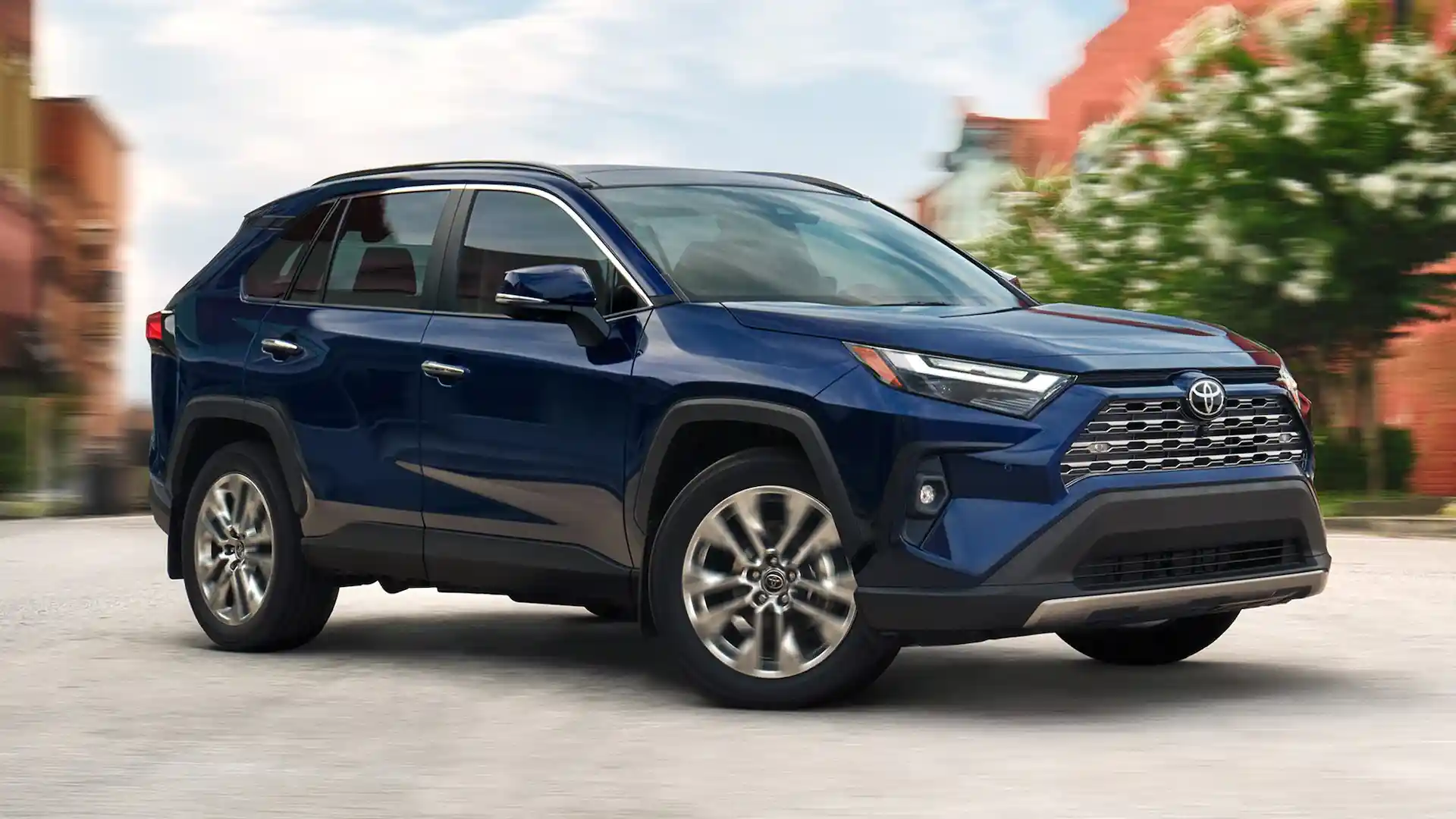
8. Nissan Rogue: The Crossover That Wants to Be an Armada
The Rogue is known for its comfort, but it lacks the robustness of the Nissan Armada (a body-on-frame SUV). A structural redesign would allow for the inclusion of a turbo V6 engine (like the 3.5L from the Armada) and air suspension — transforming it into a premium option for those seeking luxury and off-road capability.
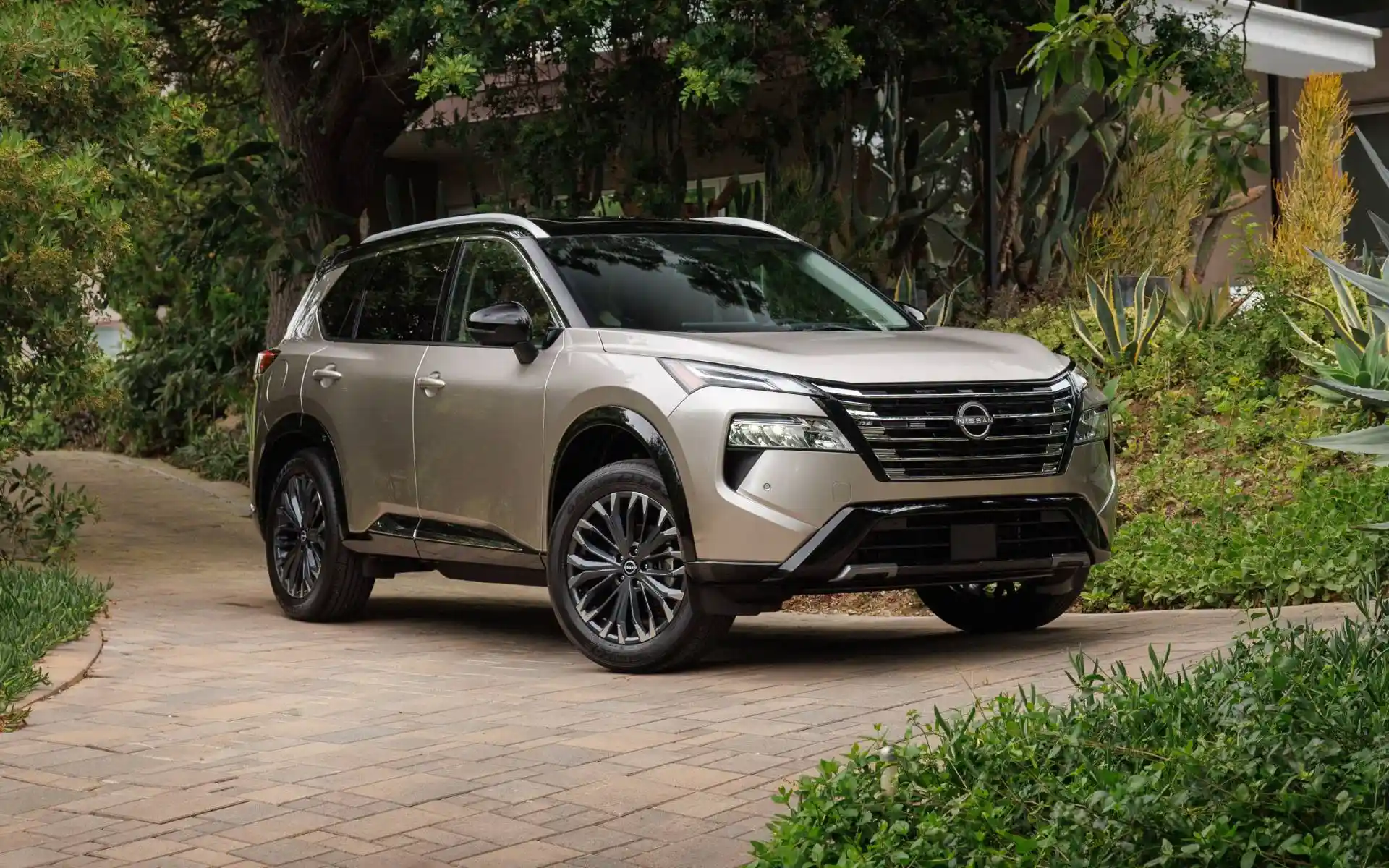
9. Volkswagen Tiguan: The European That Could Dominate the Americas
The Tiguan Allspace already offers seven seats, but its 2.0L engine (187 hp) is modest for intense adventures. With a body-on-frame chassis, VW could equip it with a diesel engine (like the 3.0L from Chevrolet) and more robust 4Motion traction systems, directly competing with the Toyota 4Runner in durability.
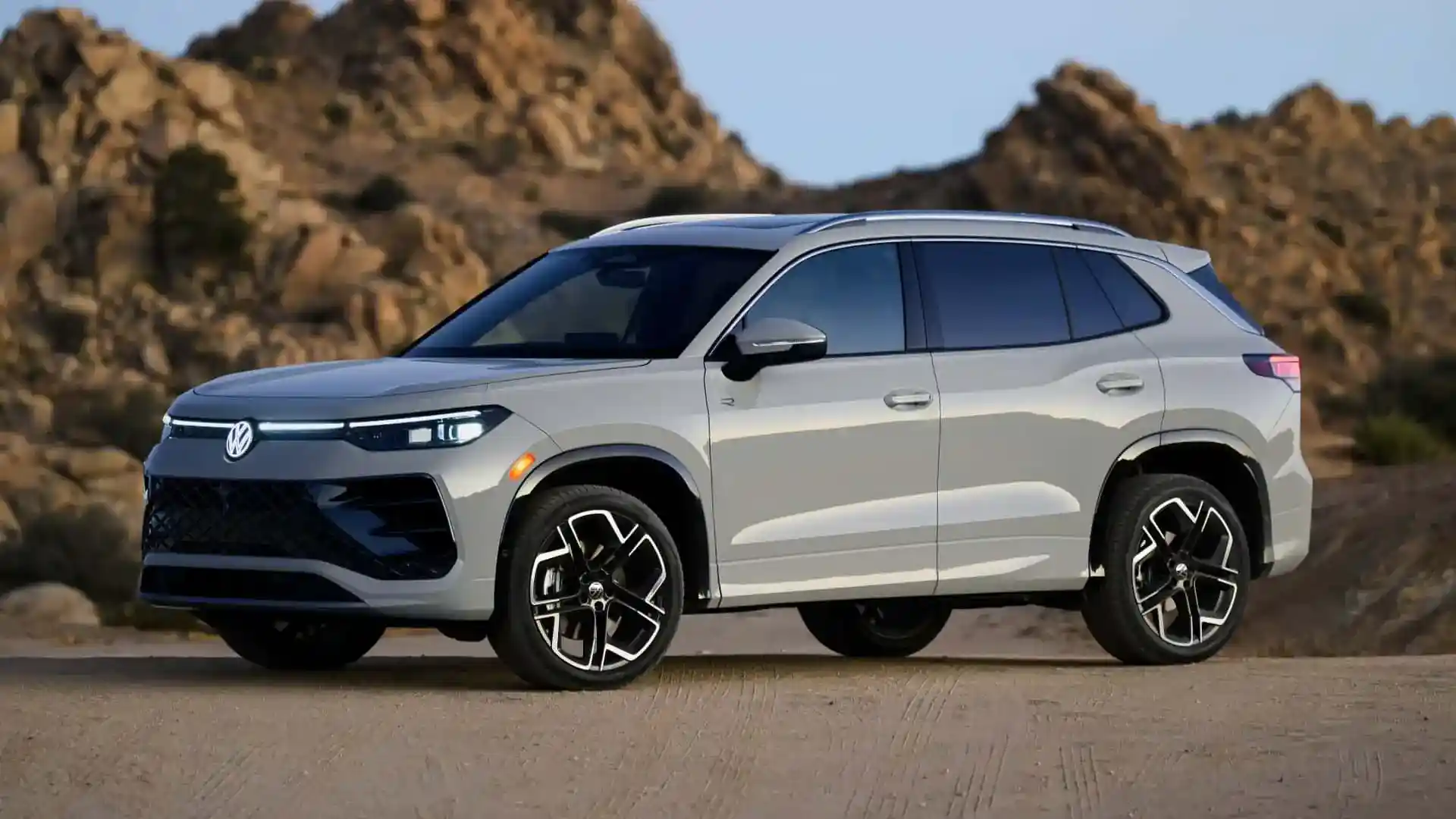
10. Chevrolet Traverse: The Almost SUV That Needs an Upgrade
The Traverse is a large crossover, but its lack of off-road capability leaves it in the shadow of the Chevrolet Tahoe. With a separate chassis, it would inherit the resistance and towing power (up to 8,400 lbs) of the Tahoe, in addition to gaining options like V8 engines — making it a direct competitor to the Ford Expedition.

Advantages of Body-On-Frame in Crossovers
- Resistance: Better withstands twists on uneven terrain.
- Customization: Allows for lifted suspensions and off-road modifications.
- Towing Capacity: More rigid structure for heavy loads.
Disadvantages:
- Weight: Increases fuel consumption.
- Comfort: Less refined suspension compared to unibody.
The Future of Crossovers?
The automotive industry is focused on efficiency, but there is room for hybrid crossovers: urban on the outside, adventurous on the inside. Brands like Toyota and Ford are already exploring this duality — who knows if the next step will be a RAV4 or Escape with a body-on-frame chassis?
Author: Fabio Isidoro
Founder and editor-in-chief of Canal Carro, he dedicates himself to exploring the automotive universe with depth and passion. A car and technology enthusiast, he produces technical content and in-depth analyses of national and international vehicles, combining quality information with a critical eye for the public.

